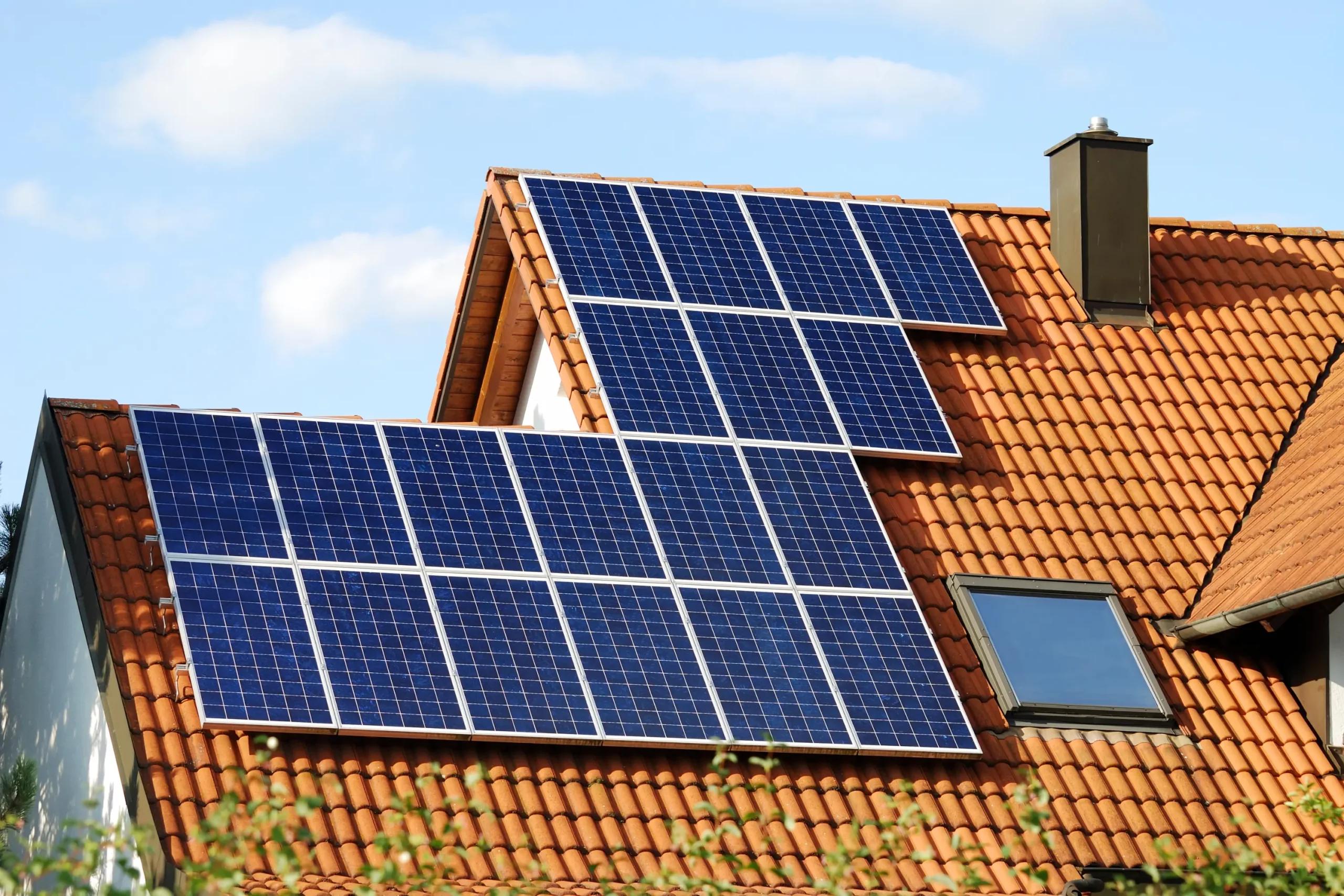Why Install Solar Panels?
Energy Cost Savings
One of the primary reasons people turn to solar energy is the significant cost savings. By generating your own electricity, you reduce your dependence on utility companies and cut down on monthly energy bills. In some cases, you can even sell excess electricity back to the grid, generating an additional source of income. Over time, the savings from solar panels can more than cover the initial installation cost.
Environmental Impact
Solar energy is a clean and renewable energy source. Unlike traditional energy production, it doesn’t release harmful greenhouse gases or pollutants into the atmosphere. By switching to solar power, you’re contributing to the global effort to combat climate change. In regions with abundant sunlight, the use of solceller can significantly reduce a household or business’s carbon emissions.
Increased Property Value
Homes equipped with solar panels often see an increase in property value. Buyers are attracted to homes that already have energy-efficient solutions in place, making them more willing to pay a premium for properties with a lower carbon footprint and long-term energy savings. Additionally, many regions offer tax credits or other incentives to those who install solar panels, further increasing the financial benefits of the investment.
The Installation Process
Installing solceller involves several important steps to ensure optimal performance and safety. Here’s a breakdown of the process:
Site Assessment and Planning
Before installation, a site assessment is conducted to determine whether your property is suitable for solar panels. This includes evaluating the roof structure, shading from nearby trees or buildings, and your location’s sunlight exposure. Installation solceller After the assessment, your installer will design a custom solar system tailored to meet your energy needs and space requirements.
Choosing the Right Solar Panels
There are various types of solar panels, each with different efficiency ratings and costs. Your installer will help you choose the most suitable type based on your energy consumption, budget, and space available. For example, monocrystalline panels tend to be more efficient but are often more expensive than polycrystalline panels.

Installation Process
Once the system is designed, the actual installation begins. The solar panels are typically mounted on the roof, though ground-mounted systems are also an option if your roof isn’t suitable. The installation process usually takes a day or two, depending on the size of the system. After mounting the panels, an inverter is installed to convert the direct current (DC) electricity generated by the panels into alternating current (AC) electricity, which can be used in your home or business.
Connection and Inspection
After the installation is complete, the system is connected to your electrical grid. Depending on your location, this step may require an inspection or approval from local authorities to ensure the installation meets safety and efficiency standards. Once everything is in place, your solar panels will start generating electricity for your home or business.
Considerations Before Installation
Initial Investment
While the long-term savings are substantial, the initial cost of installing solceller can be high. It’s important to explore financing options, including solar loans, leasing programs, or government incentives, to make the investment more affordable.
Roof Condition
If your roof is old or in need of repairs, Kommersiell solenergisystem it’s essential to address these issues before installing solar panels. Installing solceller on a structurally unsound roof could lead to damage or reduced efficiency.
Maintenance
Solar panels generally require little maintenance, but occasional cleaning is necessary to keep them functioning at peak efficiency. You may also need to check the inverter periodically to ensure everything is working correctly.









Write a comment ...